Sharing the OFFICIALLY OFFICIAL super exciting news today on NEVER THE ROSES, the book I sold to Tor. I’m explaining the Publisher’s Marketplace lingo, how foreign sales work, and why creatives can’t be thick-skinned.
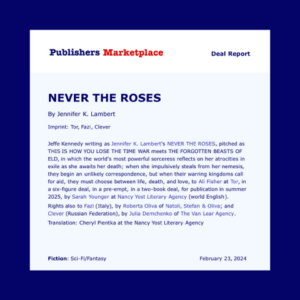
RITA ® Award-Winning Author of Fantasy Romance
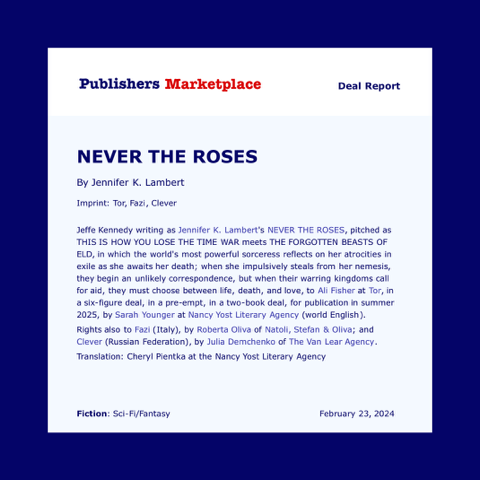
Sharing the OFFICIALLY OFFICIAL super exciting news today on NEVER THE ROSES, the book I sold to Tor. I’m explaining the Publisher’s Marketplace lingo, how foreign sales work, and why creatives can’t be thick-skinned.

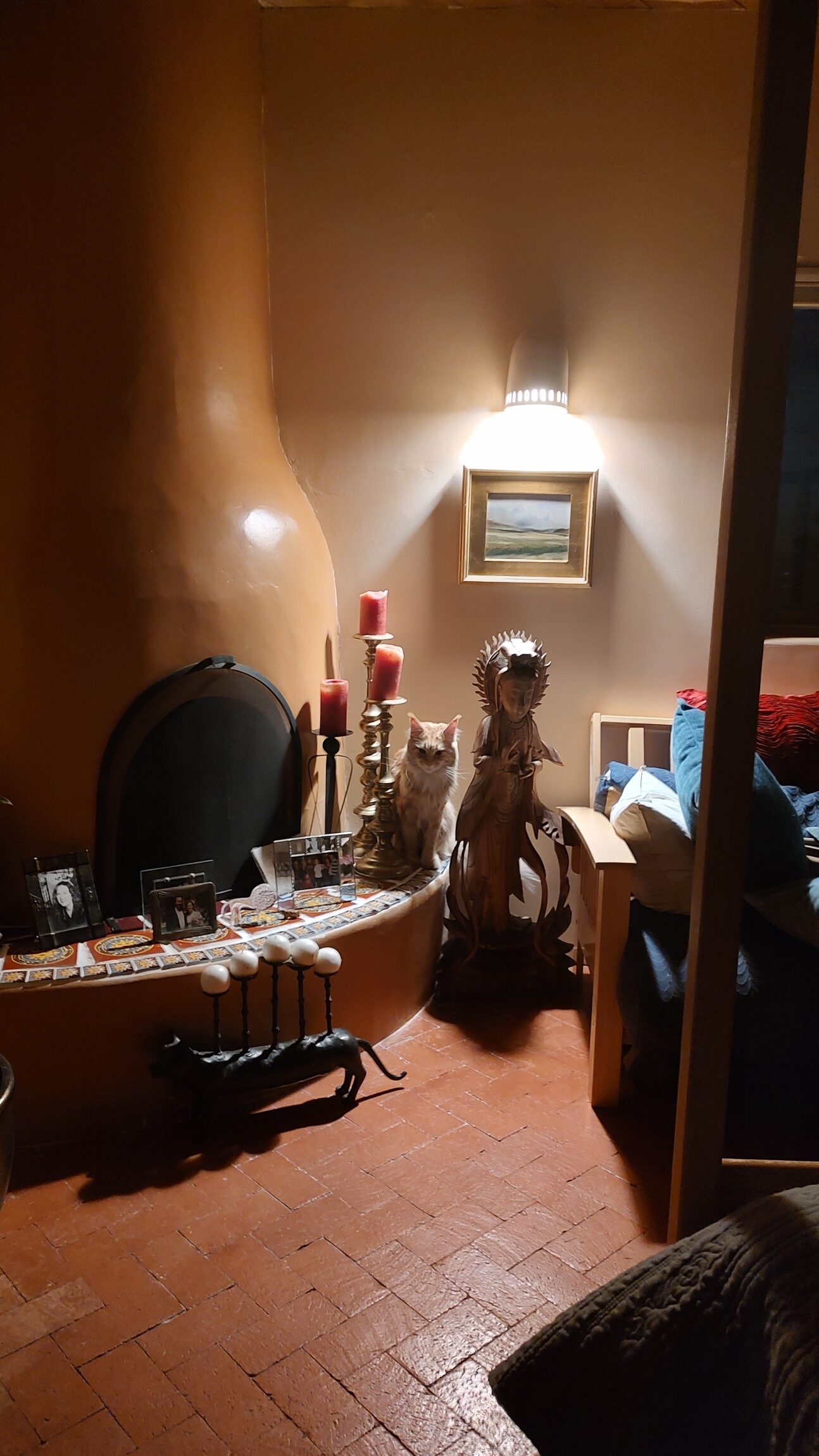
Some big news on the official title of the book that was Oneira and a release date! Also, a thing I bought because of Taylor Swift that has Changed My Life, and more on coping as a creative when people hate you/your work.
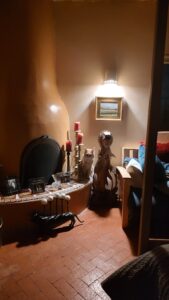
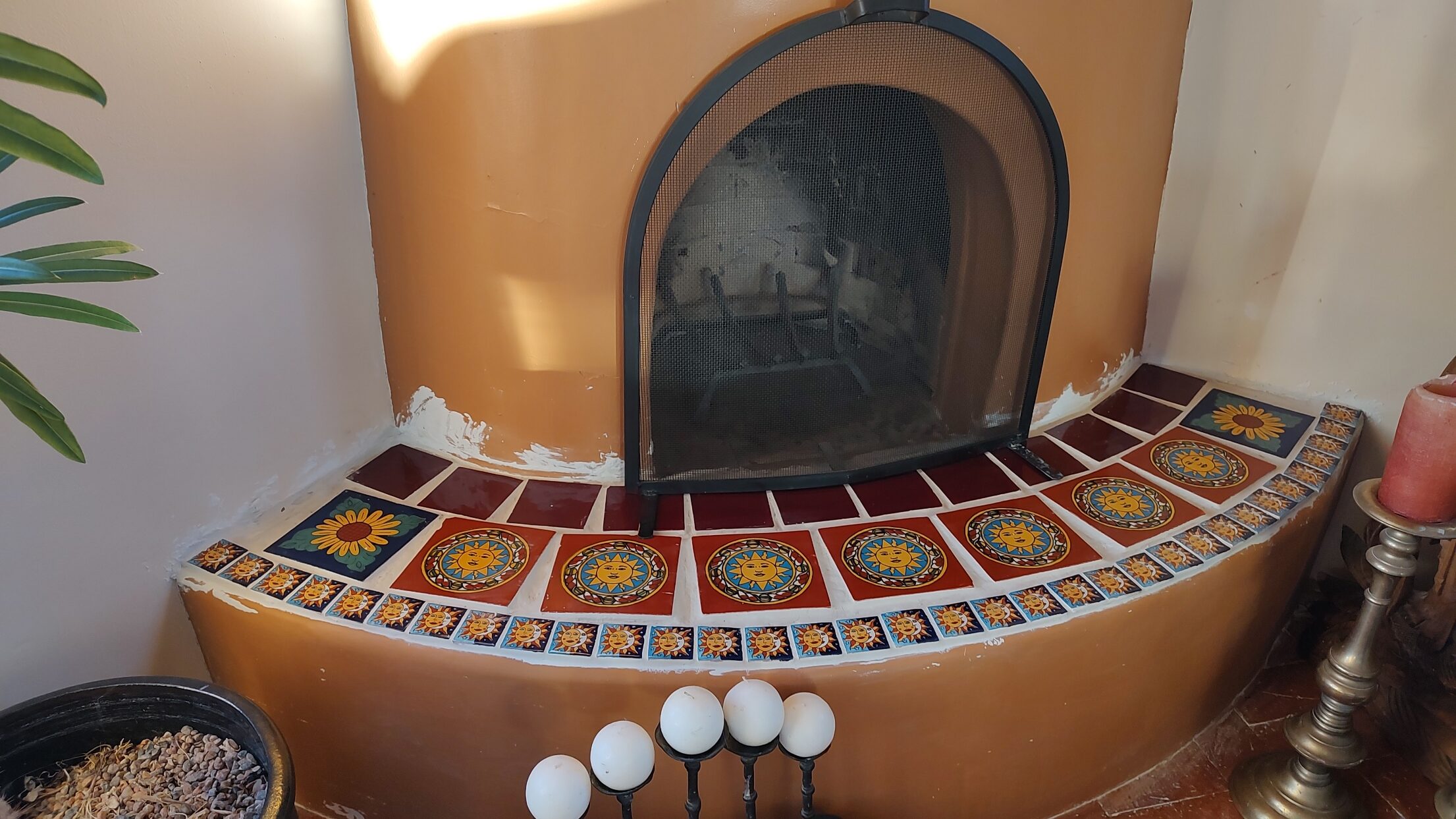
My Friday Freakout and how even experienced authors have emotional crises about their books, along with insight on shaken baby syndrome in books, how interruptions cause issues, and Longshot: an underrated movie.

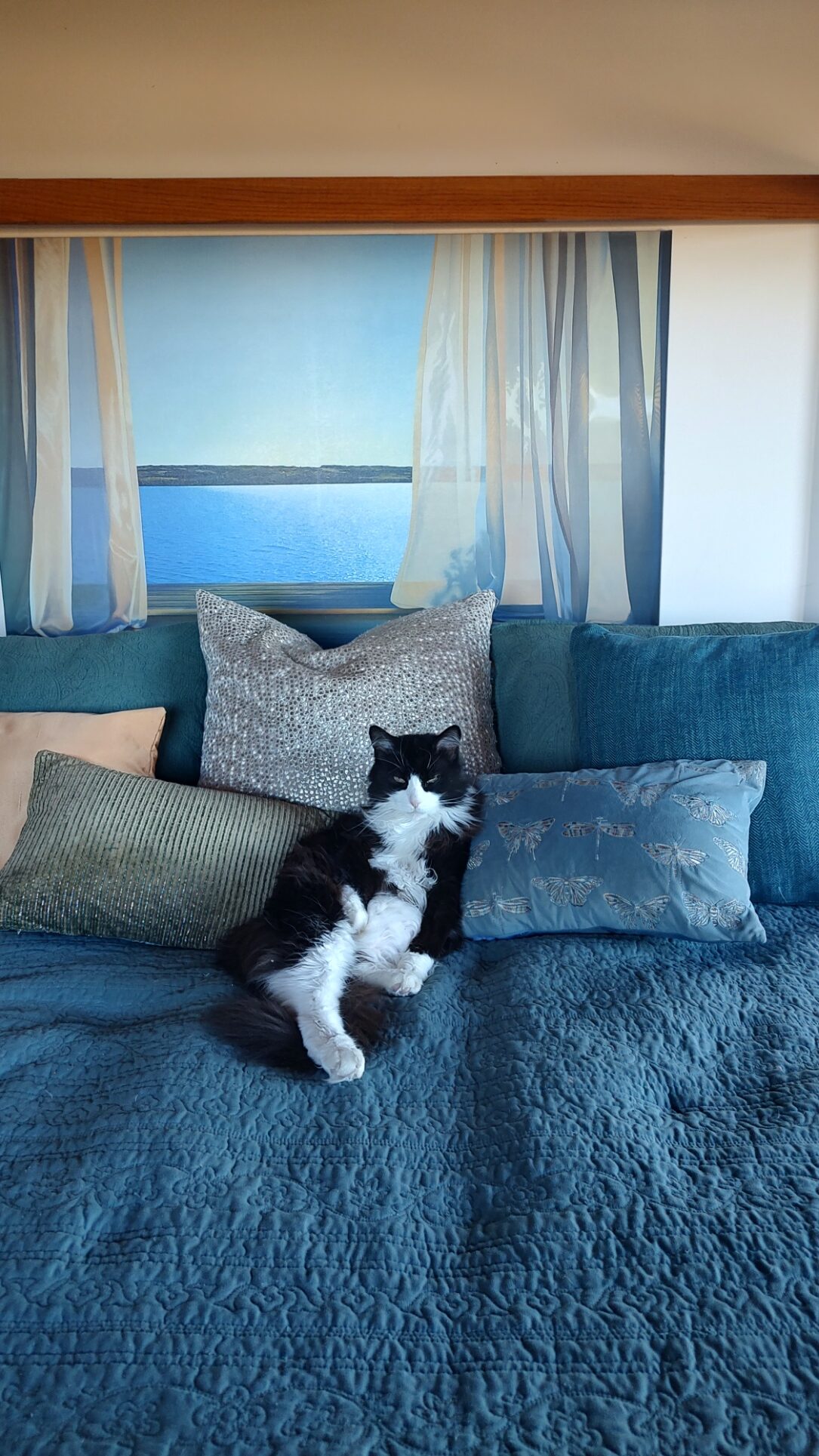

Our topic at the SFF Seven this week is: How do you stop overthinking your writing? The accompanying photo is of Jackson, who makes a practice of overthinking absolutely nothing. I’m tempted to say “Be like Jackson” and end the blog post here.
But, seriously, the key to not overthinking your writing is … stop overthinking.
I know that’s not helpful, but it is an important skill to acquire. Conversely, it’s important to purge yourself of the idea that thinking is necessary for writing. As an intuitive writer, I do everything I can to maximize intuition and minimize conscious thought. The more I think, the slower I write. I know this about myself, but there’s a pervasive idea out there that writing comes from thinking.
This gem was going around Twitter/X the last couple of days:

We won’t dive into how much of a dipshit this guy is, including a misguided impression that writers are somehow not into opportunities that allow us to pay the bills. What’s key here is that he believes you have to have an outline before writing, that you have to THINK it out. Spoiler: you do not. I am living proof of it and a total advocate for being that opportunist. Let the story come to you.
Something to keep in mind is that overthinking is a form of perfectionism, which can be paralyzing. Therefore, any techniques for killing perfectionist tendencies will help here. Basically let go of expectations and the need to make the story perfect as you’re writing.
Relax. Let it flow.
Be like Jackson.
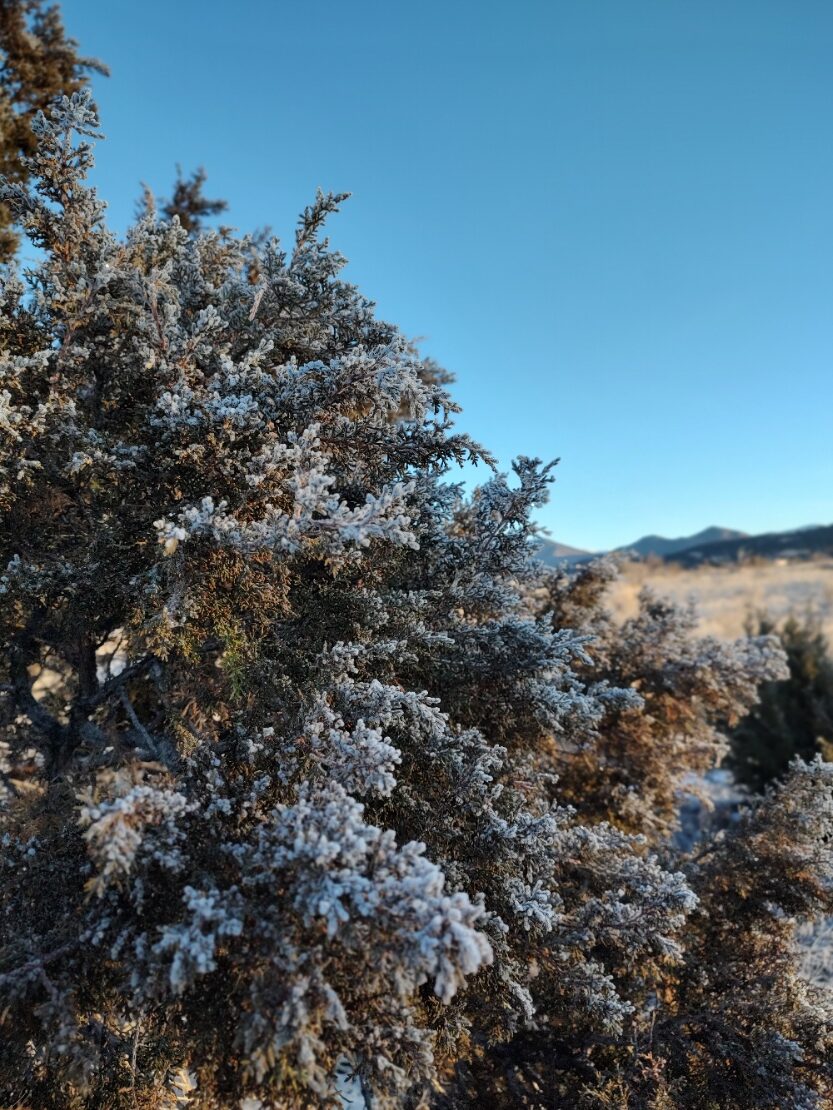
On Sheryl Sandberg’s LEAN IN and great advice for women in business that’s given me insight into my own writing career, including keeping my eye on long-term and 18-month goals, and why I don’t love the heroine’s journey.

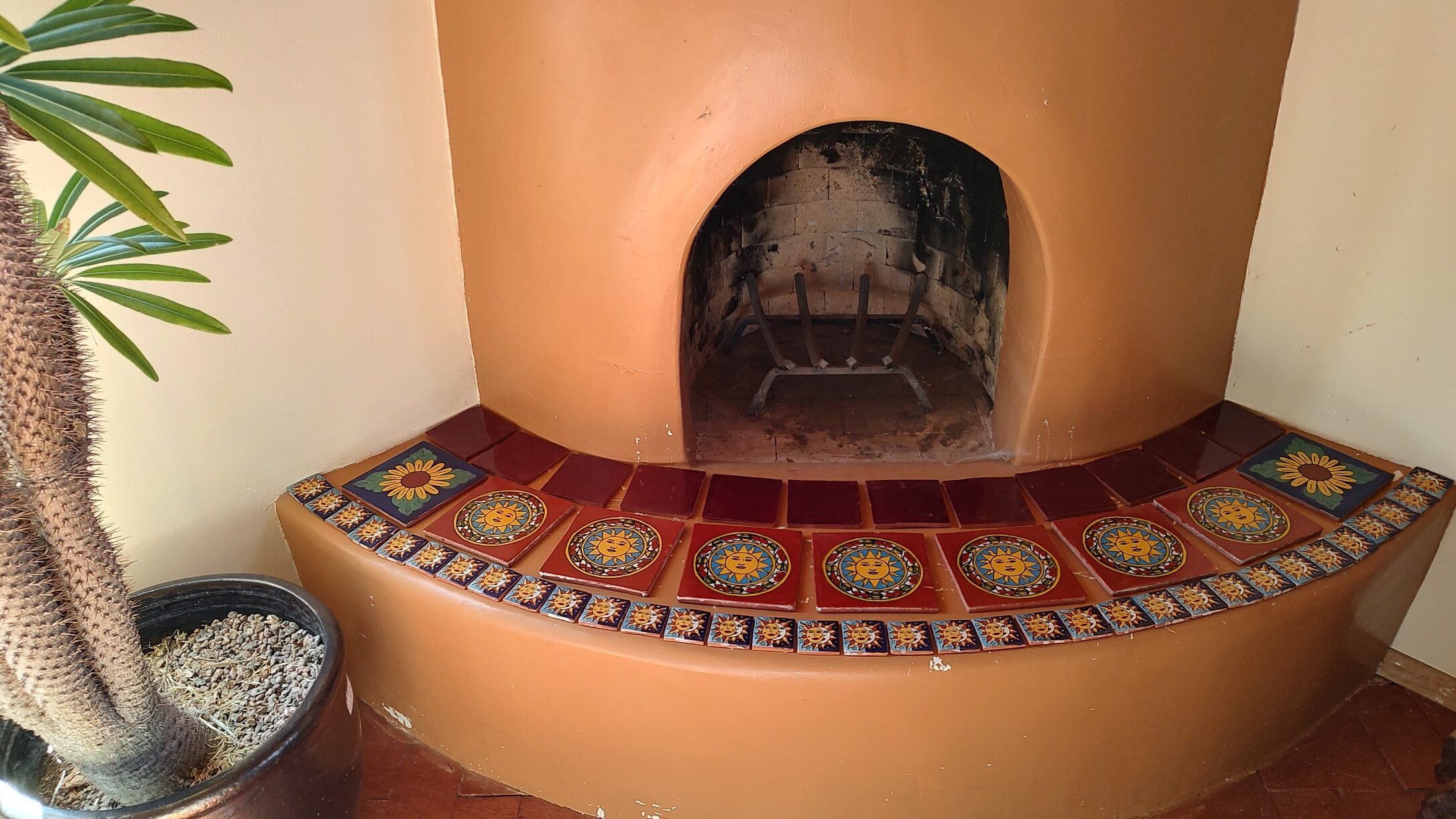
Happy (almost) Mardi Gras! I’m talking planning author finances over the longer term, offering some predictions on the rise and (inevitable, eventual) decline of Romantasy, and looking at the 10 year anniversary of THE MARK OF THE TALA.

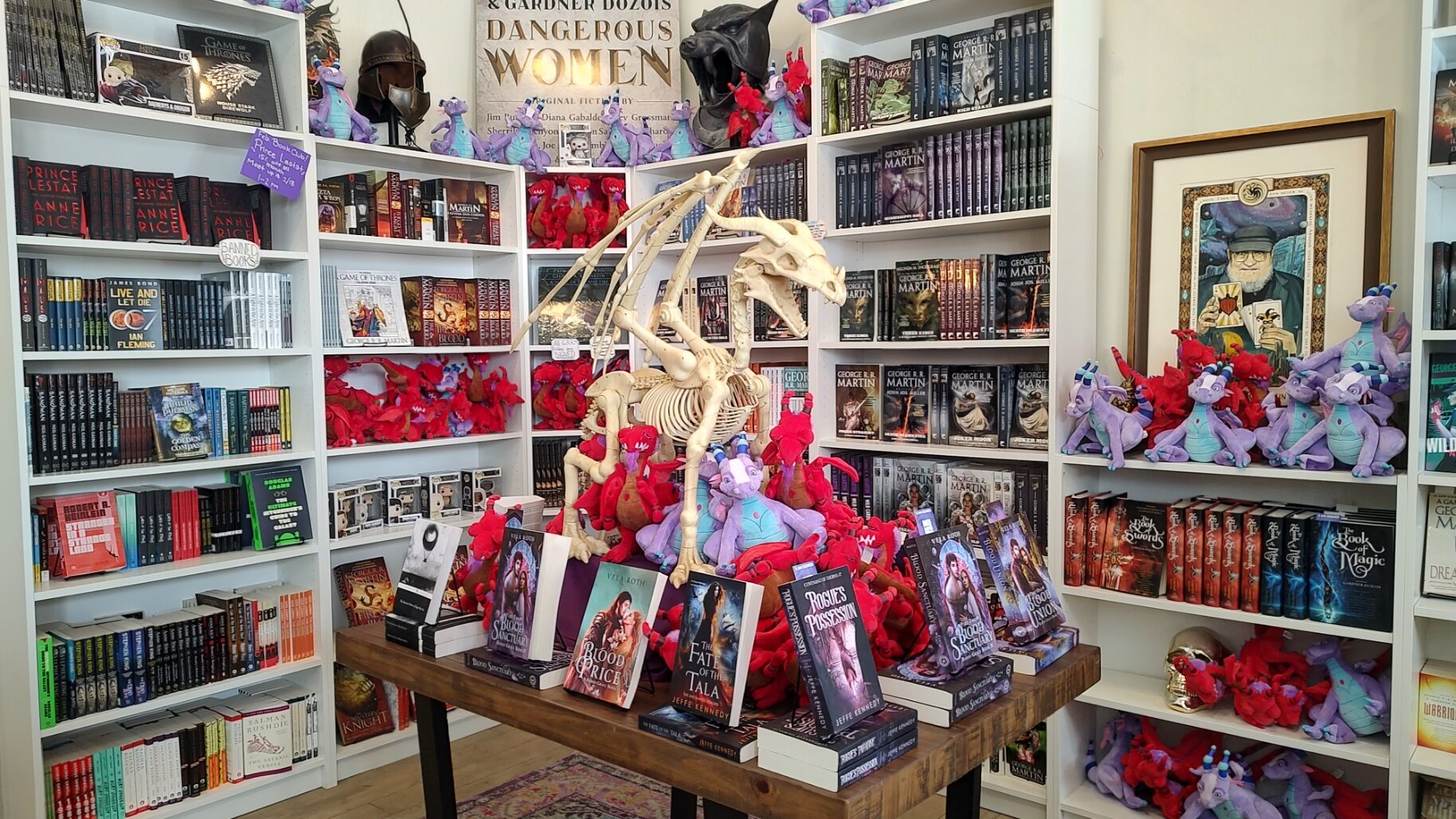

We had big fun at Beastly Books yesterday celebrating FaRoFeb! The delightful Vela Roth came up from El Paso, and A.K. Mulford and A.J. Lancaster joined us online from down under. The panel was also broadcast on Instagram Live and you can find a recording of it on the FaRoFeb Instagram account.
Our topic at the SFF Seven this week is “How do you make your love scenes believable?”
By “love,” I assume the asker means sex – though how to make the confessional of heartfelt love feel earned and not pasted on or saccharine is an interesting question. But, in truth, the answer to both, or even really ALL scenes – love, sex, fight, daily conversation – believable is to ground them in character.
This is true whether you are a plot-driven or character-driven writer. Stories are about the emotions of the people in them – what they want, what they can’t have, what drives them to chase what they want anyway. So, a fight scene is never just about the choreography and who wins or loses. It’s about what that win or loss MEANS to the characters, what impact their injuries might have on them beyond the physical.
Likewise, a sex scene is never just about tabs and slots fitting together. It’s about emotional intimacy, what the sexual interlude means to the characters. It has nothing to do with whether or not multiple orgasms are believable or making first-time encounters awkward or including realistic body noises and accidental passing of fluids and gases. Those things might factor in if they relate to the characters’ emotional lives, but by themselves, they don’t change anything, one way or the other.
Because believability comes from emotional truth, regardless of everything else.
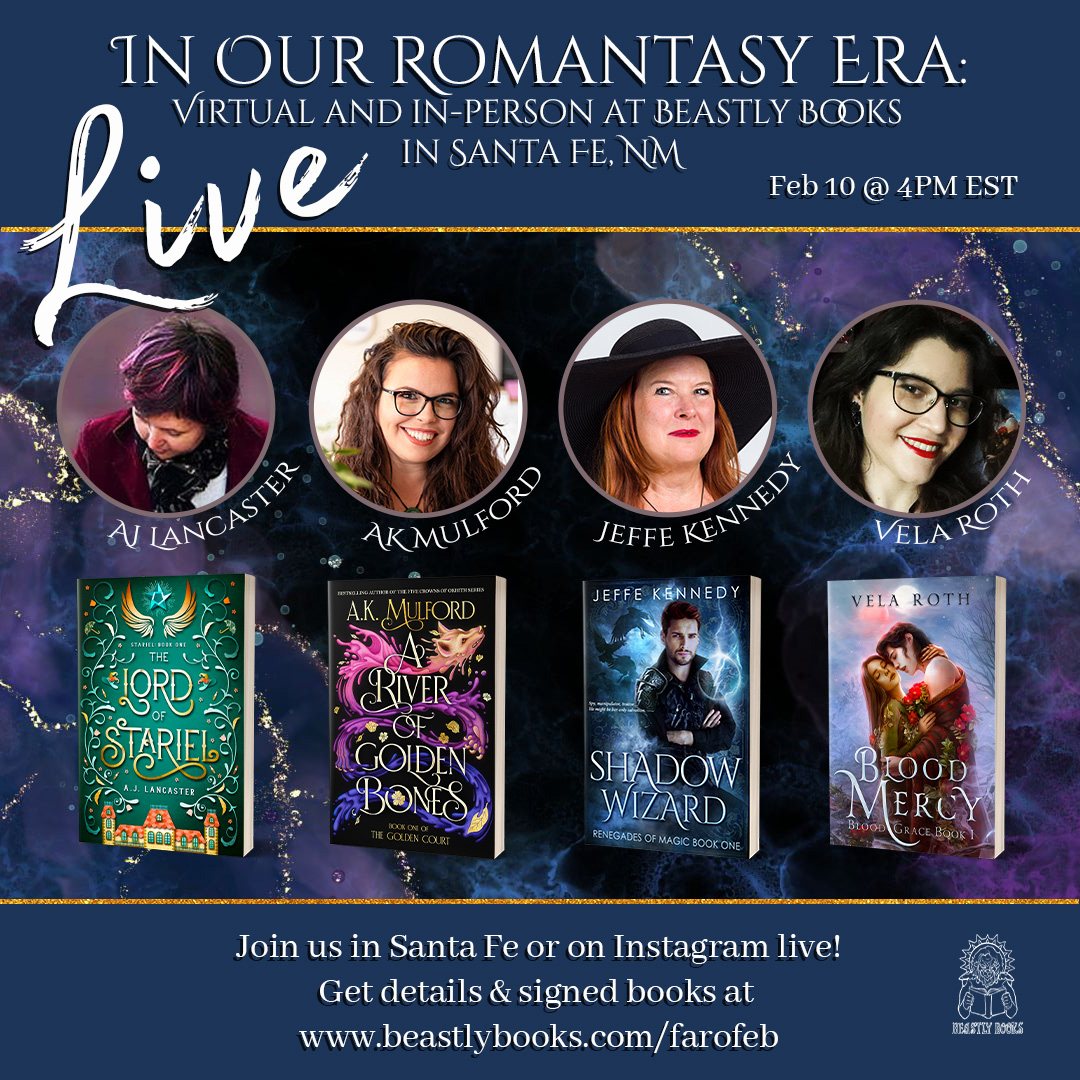
More foreign rights news, this time Russian! Also a fun panel on Romantasy tomorrow at Beastly Books and Instagram Live. And thoughts on influencing social media algorithms being the new superstition.


Fun news on covers and Italian rights – along with some info on how selling foreign rights works. Also, my recent experience with a published book contest and how negative comments can be devastating.



Join me next Saturday, Feb 10th, 4:00 – 5:30 PM ET/2:00 – 3:30 PM MT for a super fun panel: “In Our Romantasy Era” – how and why romantasy stories are resonating with readers and authors today. The event will take place in person at Beastly Books in Santa Fe, NM and online on Instagram live @farofeb and @beastlybooks418. Should be a great conversation!